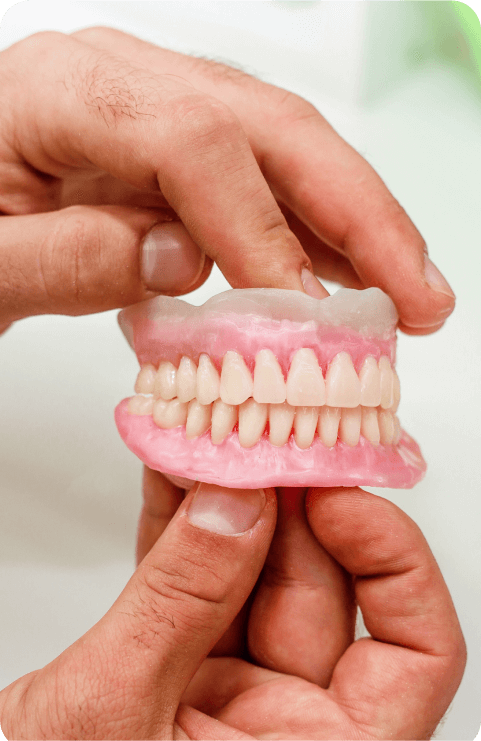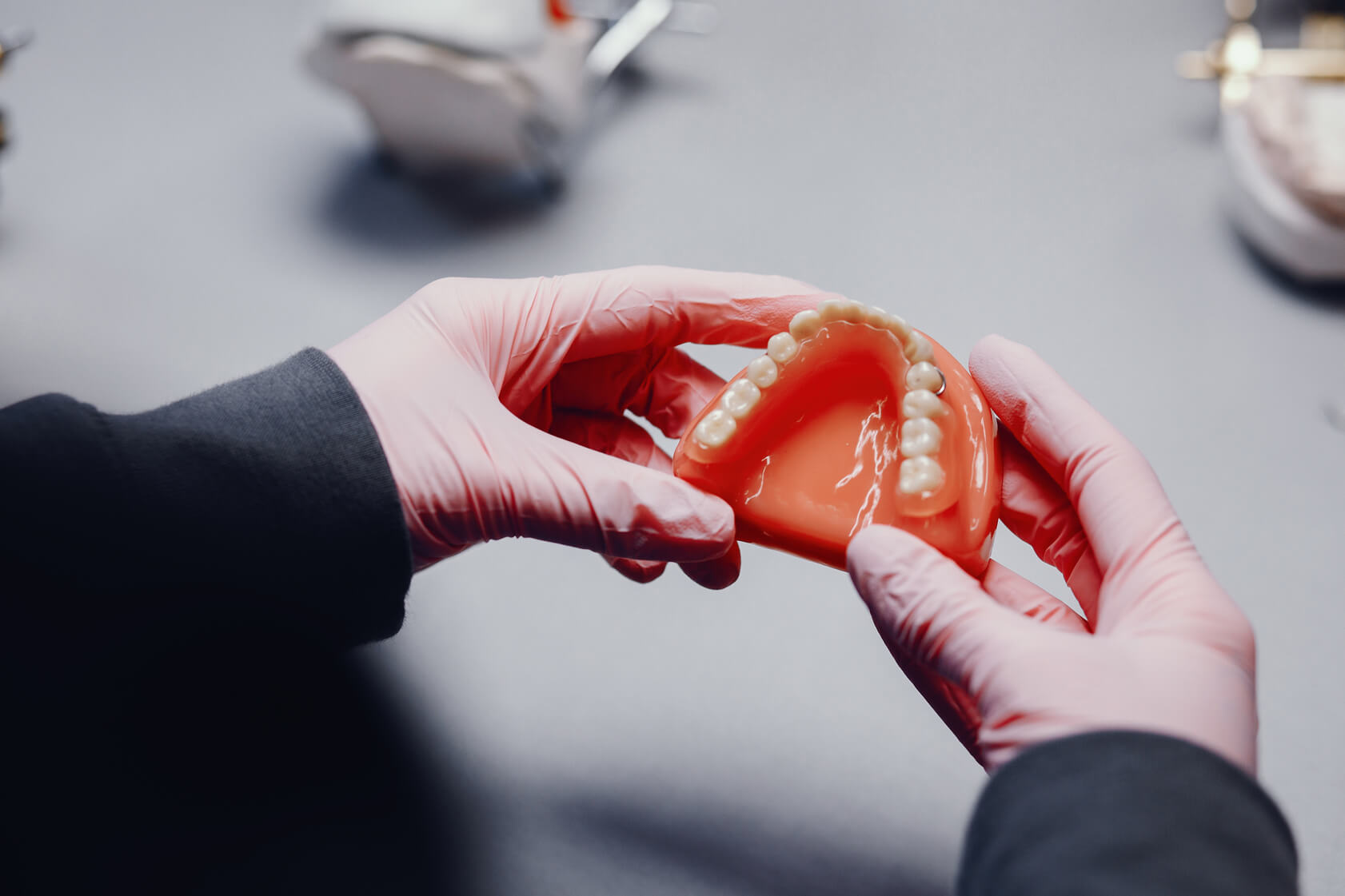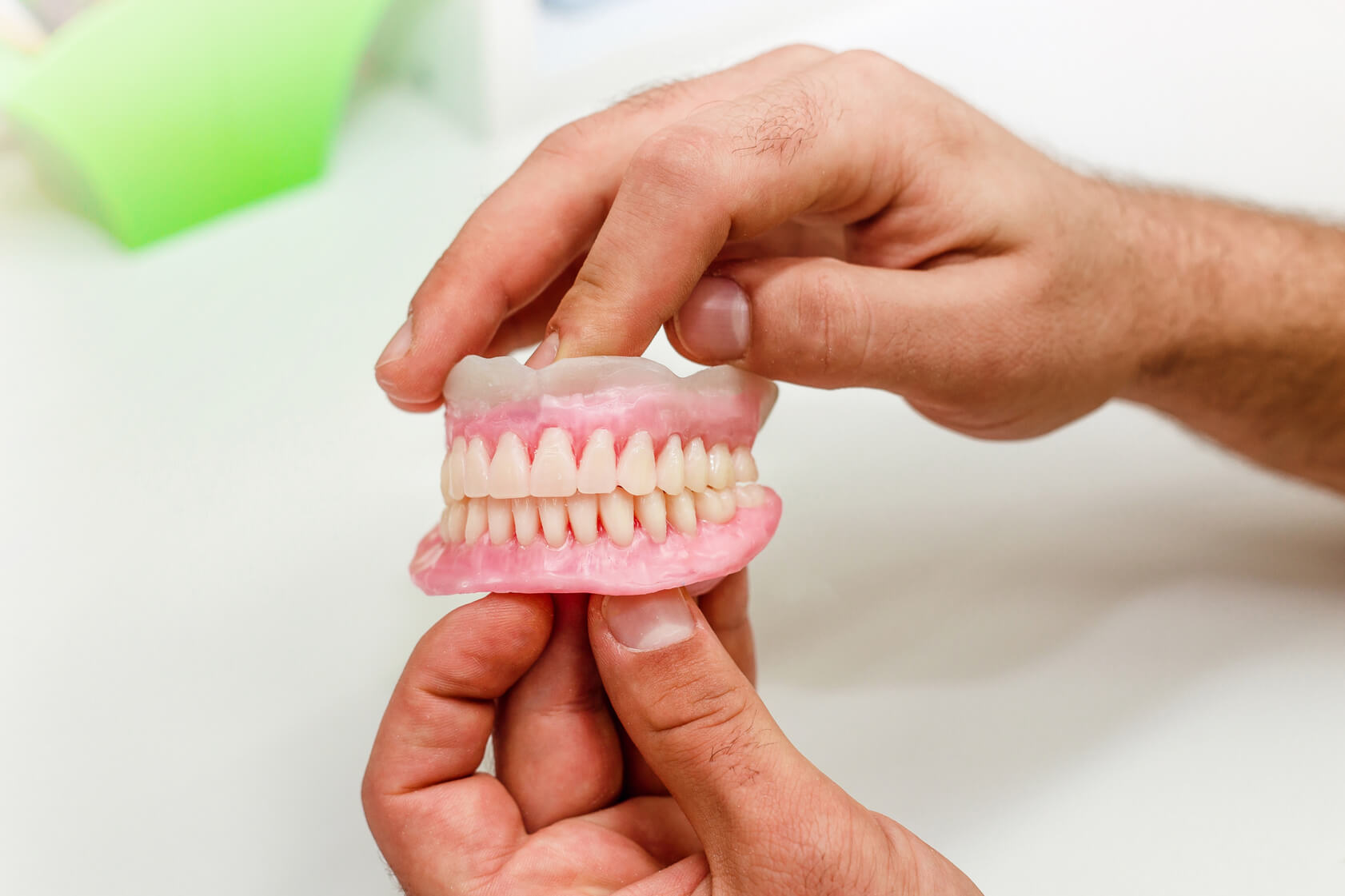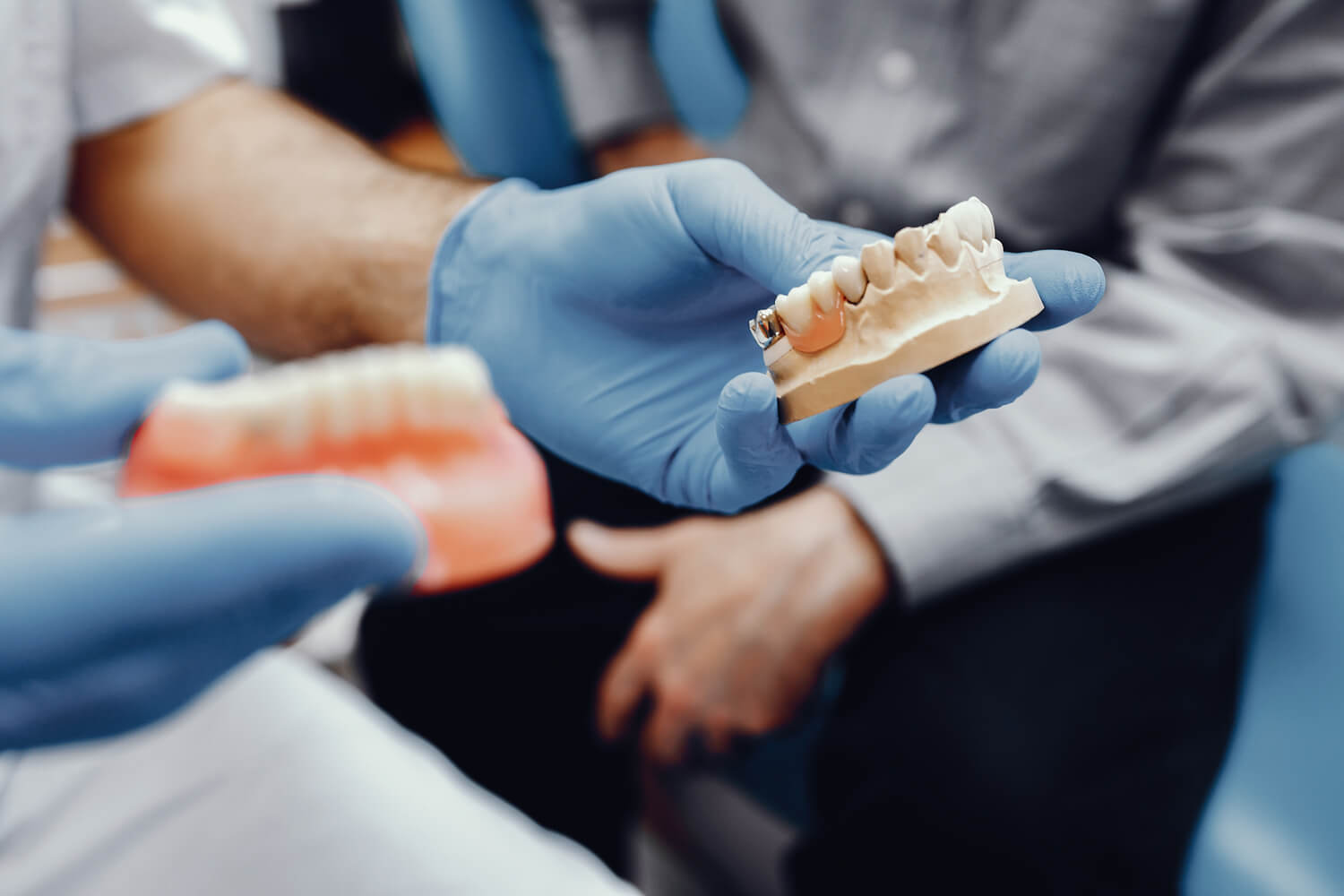

Crowns in Belmont
You only get one set of teeth, and it’s your responsibility to make sure they stay in good shape for as long as possible. However, there may come a time when circumstances beyond your control cause your teeth to suffer damage. Instead of living with a damaged smile, ask your dentist about dental crowns. A dental crown is a tooth-shaped cap that fits snugly over an existing tooth. To find out whether a dental crown is the right restorative measure for you, set up an appointment at Belmont Dental Group. We’re proud to provide high-quality cosmetic dentistry services for our patients.
Reasons for Crowns
A crown is a quick, simple, and non-invasive method of dental restoration. If you’re unhappy with your smile for any reason, crowns may be able to provide a solution.


Types of Crowns
Many crowns are custom designed to look indistinguishable from your natural teeth. However, different crown materials have different properties.
A Crown Procedure
A crown procedure usually requires two appointments. Your first appointment will include taking several highly accurate molds (or impressions) that will be used to create your custom crown. A mold will also be used to create a temporary crown which will stay on your tooth for approximately two weeks until your new crown is fabricated by a dental laboratory. While the tooth is numb, the dentist will prepare the tooth by removing any decay and shaping the surface to properly fit the crown. Once these details are accomplished, your temporary crown will be placed with temporary cement and your bite will be checked to ensure you are biting properly.
At your second appointment, your temporary crown will be removed, the tooth will be cleaned, and your new crown will be carefully placed to ensure the spacing and bite are accurate. You will be given care instructions and encouraged to have regular dental visits to check your new crown.




Crown Replacement
After being installed, your dental crown should last between 5 and 15 years, depending on how you treat them. If you regularly smoke, use your teeth to open packaging, or refrain from regular dental hygiene, you may need a replacement crown sooner rather than later. After your crown breaks or wears down, let a dentist from Belmont Dental Group install another one. We pride ourselves on our skill and experience—we can even replace crowns that were improperly placed by other dentists.
Crown Lengthening
Crown lengthening is generally performed in order to improve the health of the gum tissue or to prepare the mouth for restorative or cosmetic procedures. In addition, crown lengthening procedures can also be used to correct a “gummy” smile, where teeth are covered with excess gum tissue. Crown lengthening exposes more of the natural tooth by reshaping or recontouring bone and gum tissue. This treatment can be performed on a single tooth, many teeth or the entire gum line, to expose a pleasant, aesthetically pleasing smile.


What Does Crown Lengthening Involve?
Crown lengthening is normally performed under local anesthetic. The amount of time this procedure takes will largely depend on how many teeth are involved and whether a small amount of bone needs to be removed, in addition to the soft tissue. Any existing dental crowns will be removed prior to the procedure, and replaced immediately afterward.
The dentist will make a series of small incisions around the soft tissue in order to separate the gums away from the teeth. Even if only one tooth requires the re-contour, neighboring teeth are usually treated to provide a more even reshaping. Separating the gums provides the dentist with access to the roots of the teeth and the underlying bone.
In some cases, the removal of a small amount of tissue will provide enough tooth exposure to place a crown. In other cases, the dentist will also need to remove a small amount of bone from around the teeth.




The bone is usually removed using a combination of special hand instruments, and rotary instruments. The rotary instruments roughly resemble the drill that is used in cavity treatment.
When the dentist is satisfied the teeth have sufficient exposure, the wound will be cleaned with sterile water and the gum tissue will be sutured with small stitches. The teeth will look noticeably longer immediately after surgery because the gums have now been repositioned.
The dentist will secure the surgical site using an intraoral (periodontal) bandage, which serves to prevent infection. Prescriptions may be provided for pain medication, and a chlorhexidine (antimicrobial) mouth rinse may be given to help reduce any bacteria attempting to re-colonize. The surgical site will be completely healed in approximately two to three months. If you have any questions about crown lengthening, please ask your dentist.







